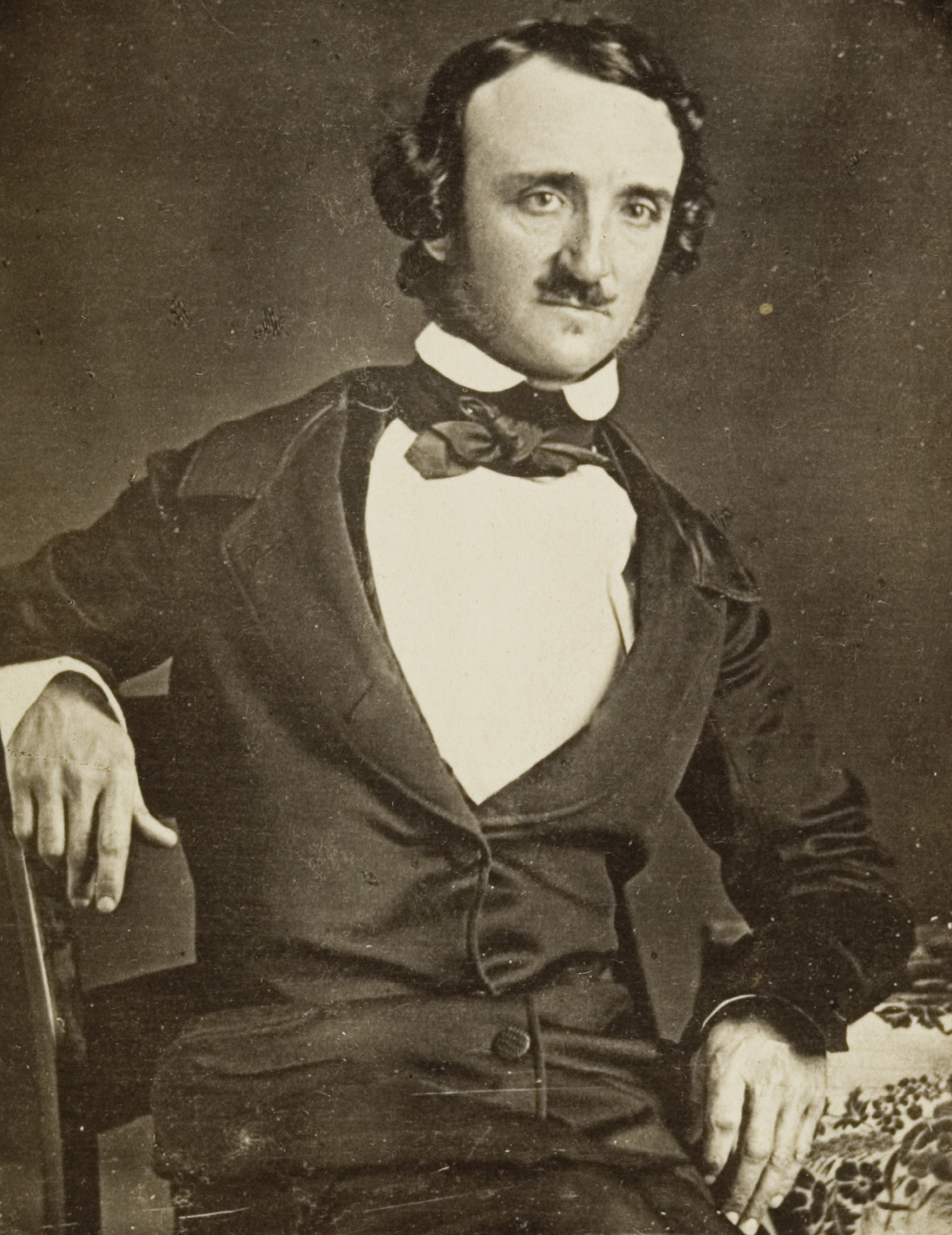In the endless night of New Earth, the sprawling city of Neon Eden pulsed beneath a dome of shifting artificial skies, streaks of violet and emerald flickering like dying stars. Its towering spires scraped the blackened heavens, and the streets below seethed with bio-enhanced warriors, neon-drenched pleasure seekers, and lurking shadow traders peddling forbidden tech. It was a paradise for the damned, where the line between machine and man had long since dissolved.
Inside the upper levels of Zimura Tower, Kara Zenith stood at the edge of her penthouse window, watching the horizon burn. The biomechanical implants beneath her skin buzzed as she flexed her hand, electric pulses running through her synapses. Tonight was the night the city would fall or rise anew. A final gambit.
"Are you sure about this, Kara?" a voice growled from the shadows of the room. Maxon, her second-in-command and former gladiator of the Augment Pits, emerged with his chromed arms glistening under the blue light. His eyes, augmented with predator sensors, flicked between her and the flickering skyline.
Kara turned to face him, her eyes glowing faintly with digital circuitry. "We've lived under the heel of the Syndicates for too long. They steal our bodies, our thoughts, and our souls with every upgrade they sell. Tonight, we take back Neon Eden." Her voice was hard, metallic, like the weapons sheathed at her waist.
Maxon stepped forward, his exo-legs humming softly as he moved. "It's suicide. The Helix Lords have the Gorgons. No one's ever beaten them. And the Seraphim Knights... they won't just sit by."
Kara smirked, her lips curling around the hard edges of defiance. "That's the beauty of it. They think we're too fractured to unite, too afraid to challenge them. But I've seen the underbelly of this city, Maxon. There are people out there, like us, hungry for freedom. And when the signal goes out, they'll rise."
Maxon’s eyes narrowed. "And if they don’t?"
"Then we burn with the rest of this rotten husk," Kara said, the neon reflections in her eyes flickering like ghosts of forgotten dreams.
From her wrist implant, she triggered the silent signal, broadcasting across the dark net. Instantly, the air around them hummed with the rising tide of rebellion. Across Neon Eden, in the alleys and sewers, in the slums and under the polished chrome surfaces of the towers, hidden warriors and forgotten outcasts received the message. The time had come.
Suddenly, the skyline erupted in flame. Explosions tore through Syndicate strongholds, sending shockwaves rippling through the city. Gorgons—towering, AI-controlled war machines—unleashed torrents of plasma fire in response, their massive forms cutting through the streets, hunting down the insurgents.
Kara slid her twin plasma blades from their sheathes, their neon edges crackling with lethal energy. "Let’s give them something to remember."
Maxon grinned, pulling his oversized railgun from his back. "I've been waiting for this."
They burst out of the penthouse into the chaos below. On the streets, rebel factions fought against Syndicate enforcers, tearing apart the city with brutal efficiency. The air was thick with the metallic scent of ozone and blood.
Kara sliced through a line of drones, her moves fluid and impossibly fast, her augmentations pushing her beyond human limits. Maxon obliterated a hover-tank with a single shot, the recoil sending him skidding back, laughing maniacally as sparks flew from his metal limbs.
But just as victory seemed near, the sky above split open. A burning light descended—white wings of synthetic feathered metal unfurled, and the Seraphim Knights, the enforcers of the status quo, descended. Their leader, a being of almost celestial beauty and terror, hovered above them, his golden mask glowing like a god's wrath.
"The Seraphim are here!" Maxon shouted over the chaos, firing wildly at the descending knights. They moved faster than his rounds, cutting through the rebels with brutal precision.
Kara narrowed her eyes. "This was always part of the plan."
From deep within the earth, rumbling echoed. The streets trembled, and from the subterranean depths of Neon Eden’s ancient tunnels, the final piece of Kara’s rebellion emerged: the Leviathan. A monstrous, subterranean war machine—a relic of a forgotten era, restored in secret. Its drill-like head burst through the ground, unleashing torrents of molten plasma into the sky.
The Seraphim Knights faltered, their ethereal forms scattering in the face of the Leviathan's raw, unstoppable force.
As the city crumbled and the dome above began to shatter, Kara stood amidst the wreckage, her body gleaming in the firelight, victorious.
Neon Eden was reborn—shattered, yes—but free.
For now.




